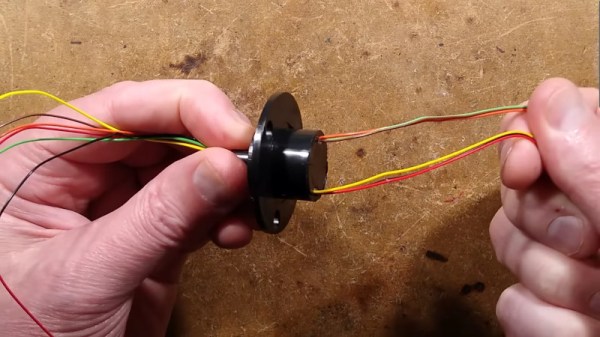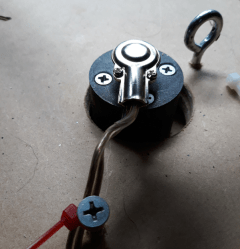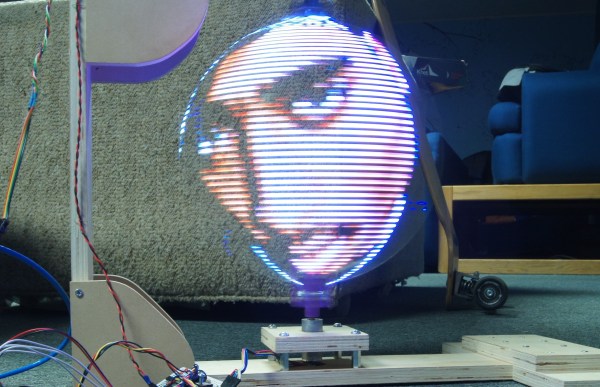We know that when [Big Clive] puts up another video, the chances are we’re in for another fascinating look into a piece of tech on his bench. The latest is a slip ring assembly, and he gives it a teardown to reveal its secrets.
For most of us, the only place we encounter a slip ring is in some electric motors or alternators when it provides a connection via a conductive ring and a graphite brush from a fixed component to a rotating one. But they also appear as components in their own right wherever a rotating assembly needs an electrical contact, and it’s one of these that [Clive] has on his bench. It’s a compact unit with an impressive six conductors, and its manufacturer boldly claims that it’s good for mains voltages. We’re going with the verdict in the video below the break. That’s wishful thinking, given the size of the unit.
Inside is a rotor with six brass rings and a couple of decent little bearings, while the other half of the unit is a set of gold-plated spring contacts. There is extensive use of potting, and the verdict is that this is a surprisingly good quality component for the eBay price. We look forward to our community finding inventive uses for them. Having a ready-made unit sure beats making your own.



















